Previous answers to this question do a wonderful job of describing the diversity of topics and modes of inquiry that encompass ecohydrology. Building on this theme, I’ll suggest that ecohydrology is more than a (newish) discipline, it is an approach to understanding the environment that explicitly recognizes the fundamental importance of how water availability and movement influence life and how life influences the movement and availability of water. We learn in primary school how the molecular structure of water results in unique thermodynamic, chemical, fluid, and solid properties which together constrain climate, allow the reactions of life to occur, yet simultaneously provide limits on growth rate and form. Because life has evolved within the constraints imposed by these properties (not only availability) of water, examining systems within the context of the diverse interactions between life and water properties provides a powerful window to understand ecosystem/ environmental structure and response to disturbance. Consequently, an ecohydrological approach integrates perspectives from individual disciplines ranging from plant physiology to hydrometeorology and community ecology to hydrogeology.
What are your undergraduate and graduate degrees in?
BS in Biology and Chemistry from Florida State University, MS in Ecohydrology from CU Boulder, and PhD in Biogeochemistry from CU Boulder.
How did you arrive at working in/thinking about ecohydrology?
Early in my career I was focused on the intersection between toxicology and contaminant transport, specifically tasked with developing and validating a predictive model of contaminant exposure from leaking storage tanks and waste facilities. After instrumenting a large alluvial plain with nested piezometers, I was surprised to find that local hydrologic head gradients indicated high spatial variability in flowpath rates and directions at sub-kilometer scales, while larger scales exhibited gradients and flowpaths more typically associated with gaining or losing stream reaches. Principal component analyses of vegetation communities reflected these smaller-scale patterns providing a quick, nondestructive approach for identifying subsurface flowpaths. Although my subsequent research focused primarily on biogeochemistry, these findings percolated in the back of my mind until Jim Shuttleworth encouraged me to join an effort focused on the question “What are the effects of vegetation change on basin-scale water balance?” as part of the SAHRA Science and Technology Center. This long term effort provided the opportunity to integrate my interests in biogeochemistry, ecology, and hydrology and has been influential in guiding my work over the last decade.
What do you see as an important emerging area of ecohydrology?
I see three priorities for ecohydrology. 1) As the discipline matures our community needs to maintain the disruptive culture that encourages broad collaboration and innovation spurred by new ideas from related fields. 2) We need to translate the notable progress within ecohydrology to stakeholders, including both other disciplines and decision makers. 3) In research, we need to expand our understanding of how vegetation connects both water and carbon fluxes between the deeper subsurface to the overlying atmosphere. This includes improved understanding of deeper hydrologic flowpaths and water stores, and the influence of vegetation structure and activity on boundary layer radiant and turbulent fluxes.
Do you have a favorite ecohydrology paper? Describe/explain.
I’m constantly finding “new” or revisiting “old” favorite papers including many of the classic publications mentioned by previous respondents. If I had to choose one ecohydrology paper, I think it would be Horton, 1933: The Role of infiltration in the hydrologic cycle. Although widely cited by hydrologists for insights into infiltration and rainfall-runoff processes, the analyses in this paper led Horton to infer that “the natural vegetation of a region tends to develop to such an extent that it can utilize the largest possible portion of available…effective rainfall.” This inference placed ecological processes (e.g. adaptation, acclimation, assembly, phenology) as the bridge linking energy-water coupling at the land surface (vertical fluxes) with catchment-scale hydrological processes that control streamflow generation (lateral fluxes). Further, this paper identified a readily available metric to estimate the ratio of ET to plant available water over large regions thereby providing an independent check on efforts to upscale data from individual plots instrumented for sap flow and/or eddy covariance. Beyond ecohydrology, I require my students to read Chamberlin 1890, Platt 1964, Klemes 1986, and others to help stay grounded in the methodology of science.
What do you do for fun (apart from ecohydrology)?
Many of my hobbies involve a range of human-powered sports and recreation in, on, or under water, both liquid and frozen. Cycling, trail running, hiking, and climbing round out activities away from water. Ideally, these pursuits are followed by the consumption good food and fermented beverages with friends. Although I rarely find the time, I also enjoy the immediate (relative to research) gratification associated with carpentry, remodeling, gardening, vehicle repair, etc.
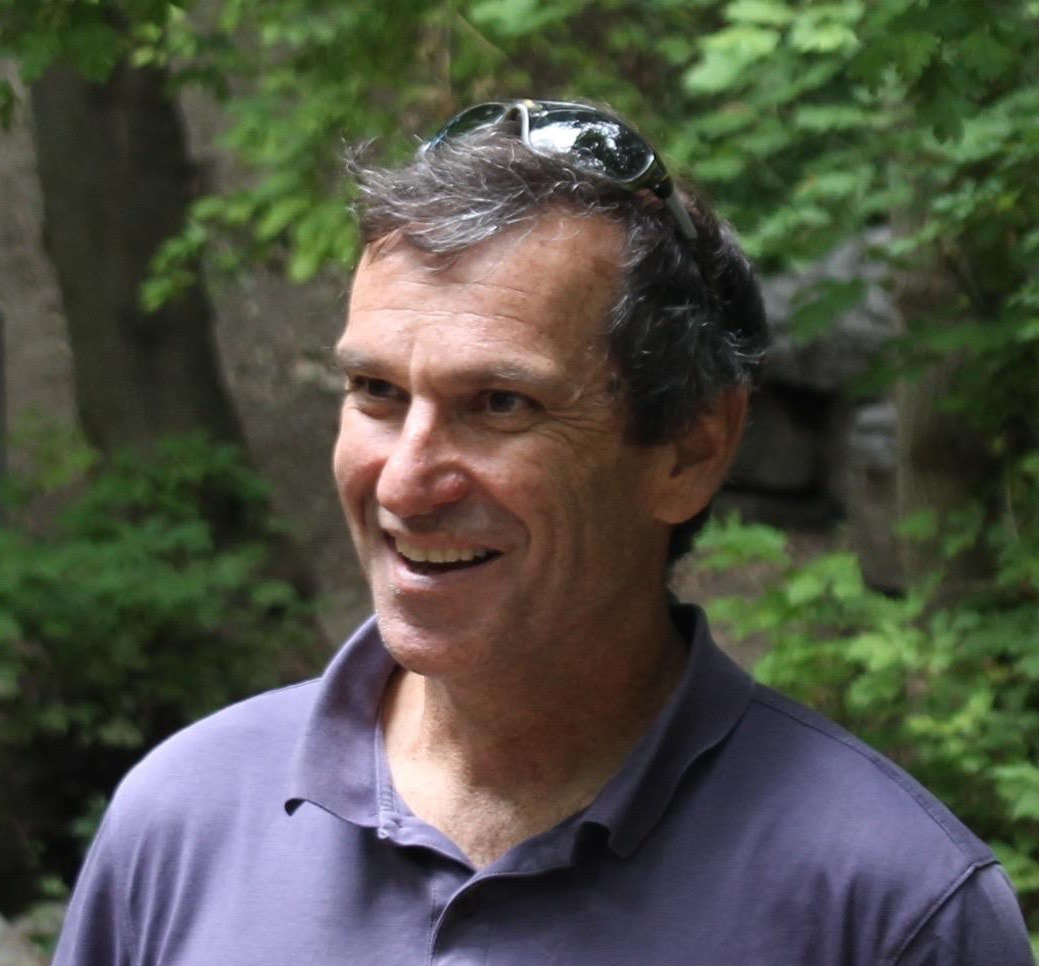
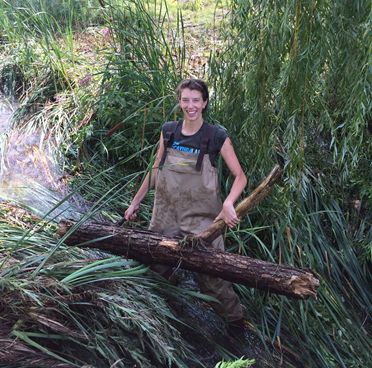

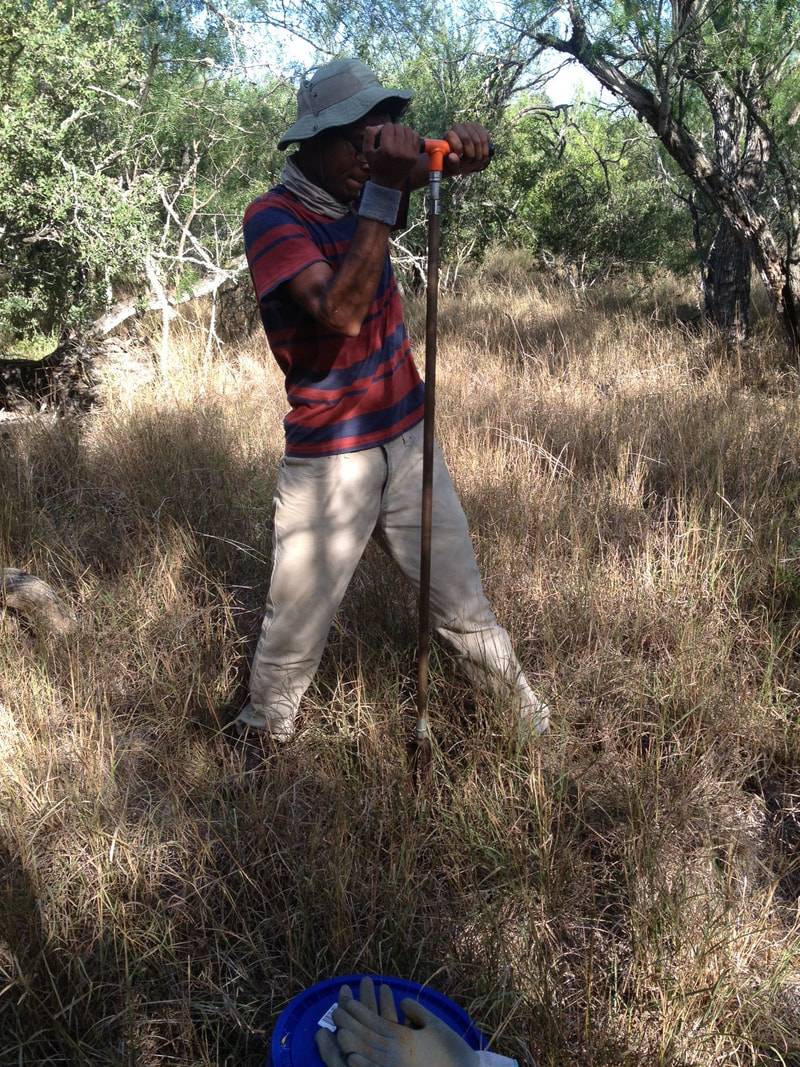
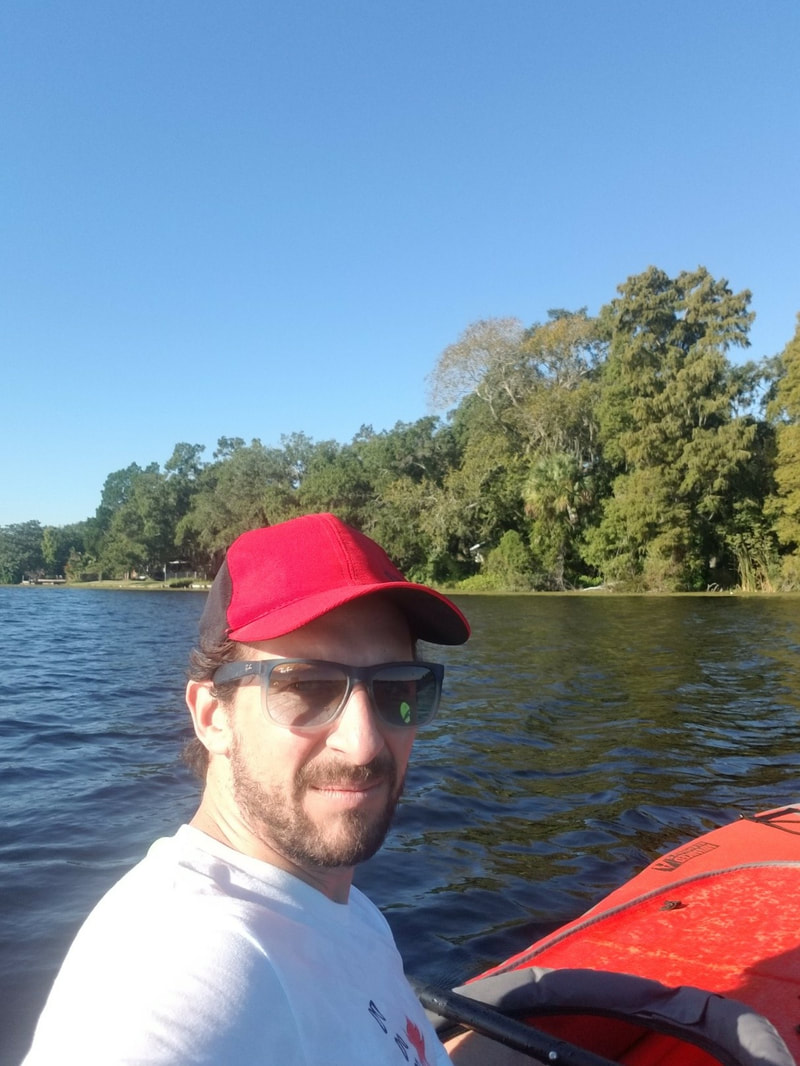
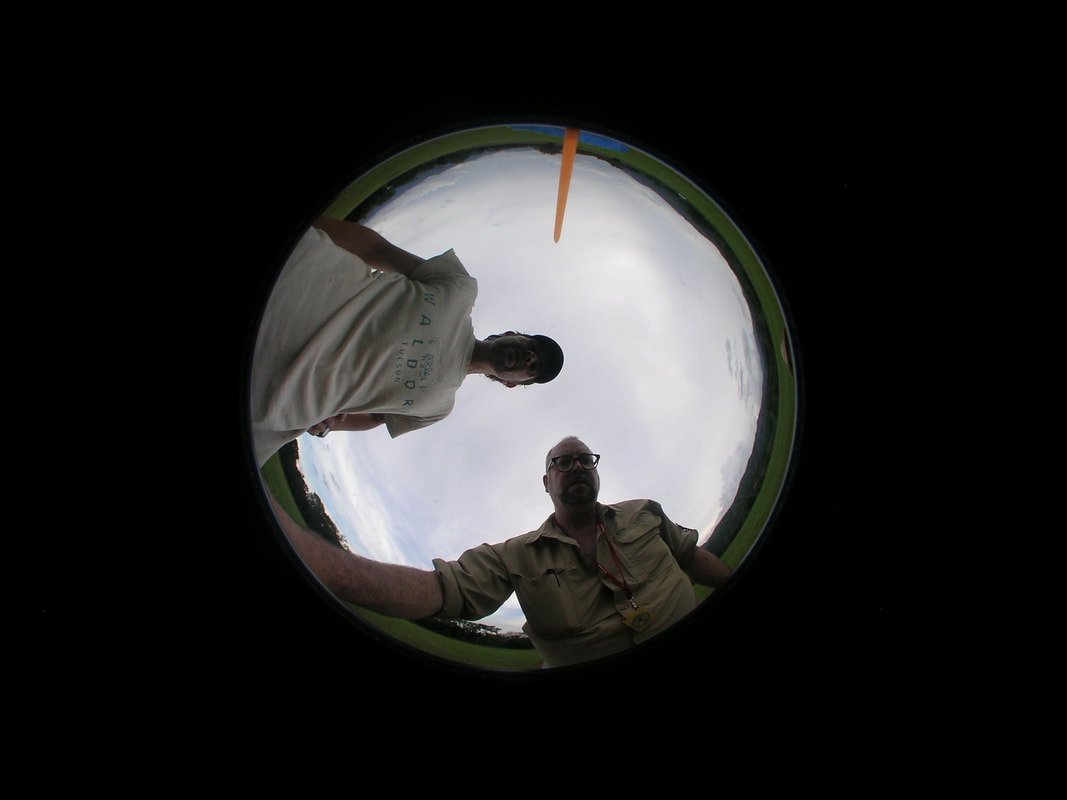
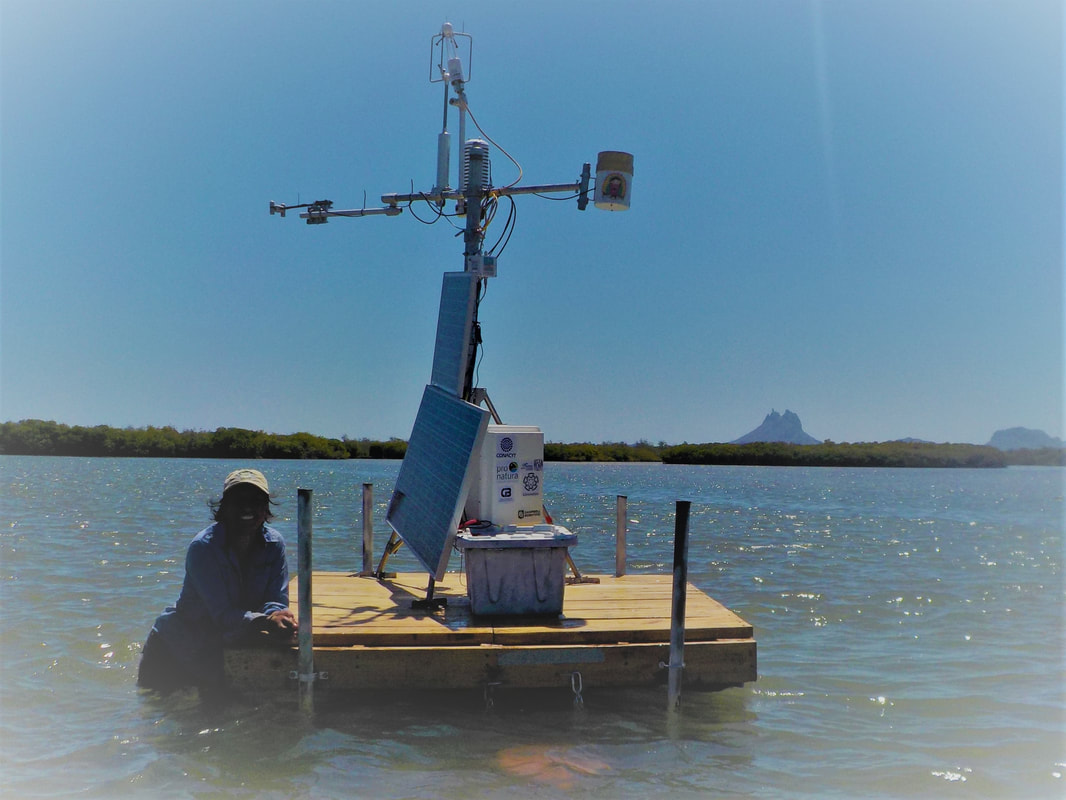
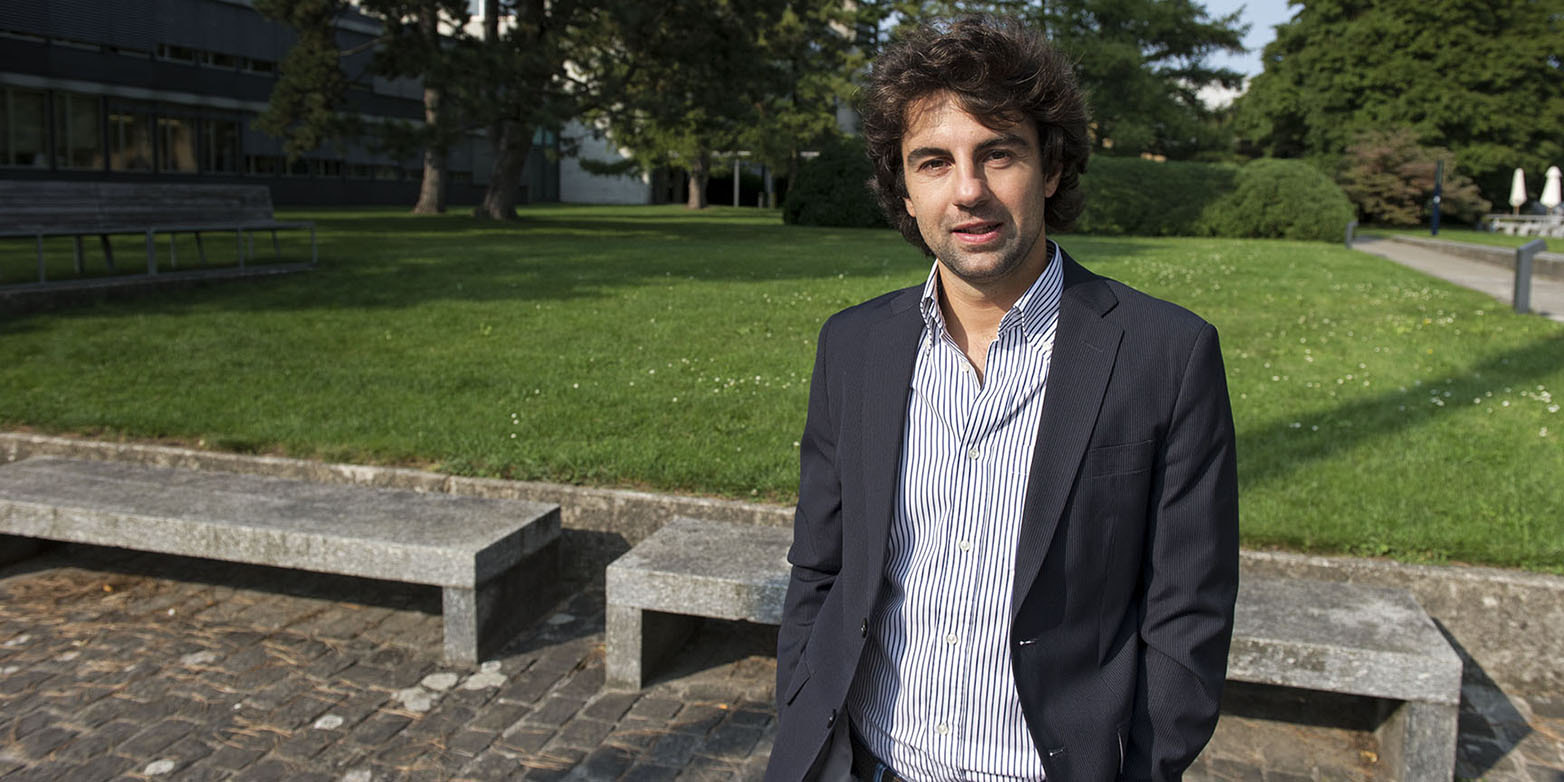
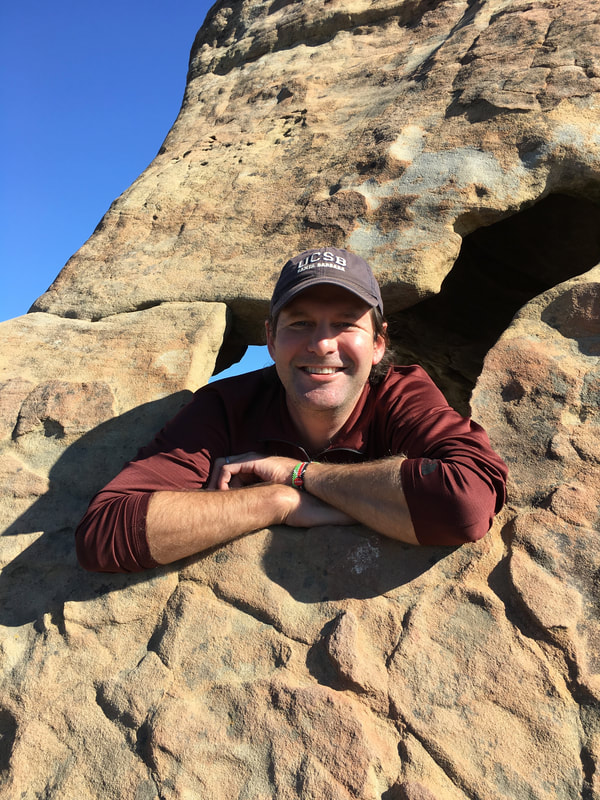
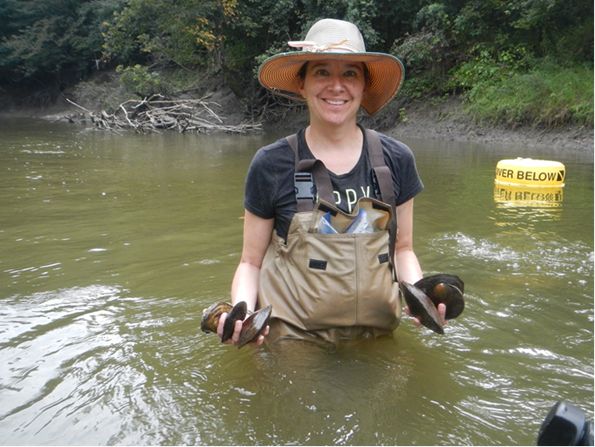
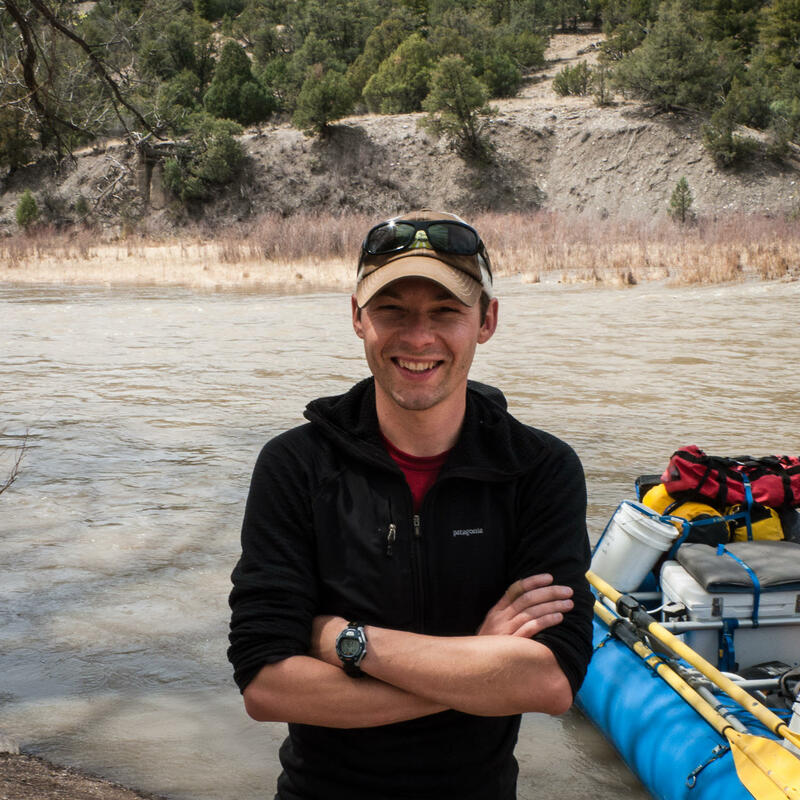
 RSS Feed
RSS Feed